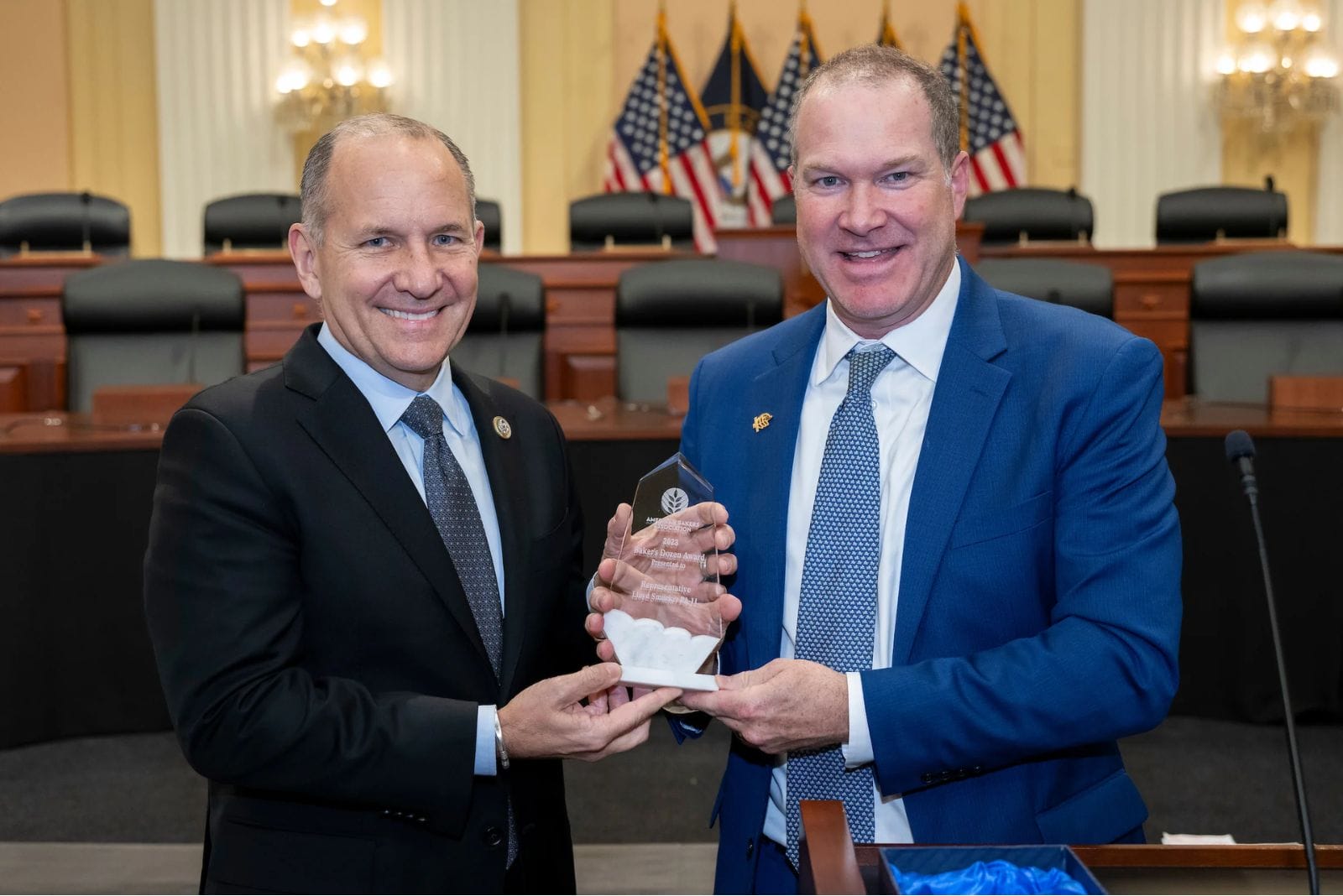CHICAGO — Now that the baking industry has mostly settled into the FSMA era, the FDA’s FSMA Traceability Rule 204 will go into effect in January 2026. The Institute of Food Technologists (IFT) estimates the rule could impact more than 320,000 food companies and encompass more than 480,000 manufacturing plants in the US, in addition to tens of thousands operating internationally.
While the rule pertains to specific foods identified on the Food Traceability List, it may impact how bakers will need to trace certain ingredients such as nut butters and whole eggs. Additional legislation can be tough to navigate, but the rule is intended to define traceability and establish guardrails for ensuring it’s properly put into practice.
“If you talked to food manufacturers pre-FSMA … people would have different definitions of what traceability means,” said Blake Harris, technical director of IFT’s Global Food Traceability Center (GFTC). “FSMA puts a good stake in the ground in terms of a definition of traceability for the food industry, at least in regard to food safety and FDA’s key mandate.”
FSMA 204 food traceability rules
IFT has been working with FDA specifically on traceability in food systems since 2008, and for the four years that followed, the organizations collaborated on a number of research projects, pilot programs and written reports on traceability best practices in food supply chains. In 2012, IFT published a report that was foundational to FDA’s framework for the traceability rule after FSMA was signed into law the same year. The work led to IFT’s creation of the GFTC in 2013 to work with not only regulatory bodies like FDA on research projects but also private sector and non-profit organizations as an educational resource.
While Traceability Rule 204 was written into FSMA in 2012, its requirements for additional traceability for certain foods will go into effect in 2026.
“The goal of Section 204 is to enable quicker and more precise recalls and outbreak investigations to reduce the impact of foodborne illnesses,” Harris said. “This is a way for FDA to prescribe a framework for how traceability-related data needs to be collected and shared so that they are able to complete traceback investigations more quickly.”
Components to the rule include the official Food Traceability List; critical tracking events within the supply chain and the key data elements required; the traceability lot code, which identifies how a specific lot of product is moving through the supply chain; and a formal traceability plan.
Because some of the foods on the list are common baking ingredients, bakers must be aware of their responsibility in capturing data upon receiving ingredients and documenting the kill step. It’s important to understand that the documentation and ingredient tracing must be a joint effort by the baker and supplier.
“The entity that’s receiving products on the food traceability list must maintain the receiving records for the food and maintain the record of the kill step,” Harris said. “That’s an important note for the baking industry in terms of how they’re covered by this rule. And it requires cooperation between suppliers and their customers.”
“You need to make sure that you and your suppliers — and you and your customers — are on the same page with what data needs to be collected, how it’s going to be collected and how it will be shared.” — Blake Harris | technical director | Global Food Traceability Center
Traceability education resources from GFTC
To help bakers and other food manufacturers prepare for the new ruling, the GFTC has launched a new Enterprise Traceability Education Suite, which empowers organizations to train employees on key traceability concepts, prepare for incoming regulations, and take steps to reduce the impact of recalls.
“Compliance with the FDA’s Food Traceability Rule is going to be a long, complex journey with many organizations lacking the resources to educate staff on where or how to get started,” said Bryan Hitchcock, IFT chief science and technology officer. “The Enterprise Traceability Education Suite will help organizations create a plan and get staff aligned on traceability best practices moving forward.”
From a basic awareness of food traceability principles to detailed guides on how to design, implement, evaluate and enhance an organization’s traceability system, the center’s self-paced courses educate professionals across all levels and business areas. The curriculum covers rule awareness in “Train the Trainer and Plant Staff Resources,” fundamentals in “Cross-Functional Manager Training” and implementation in the “Step-by-Step Guide to Designing a Traceability Plan” instruction.
In addition to this education suite, the GFTC also develops resources, tools and training to help food manufacturers understand every facet of traceability, with several customizable services. Other reference tools include commodity-specific videos, a white paper giving an overview of the new rule, blog posts and more.
“Since the rule came out in November, we’ve been communicating that companies should get started now,” Harris said. “You need to make sure that you and your suppliers — and you and your customers — are on the same page with what data needs to be collected, how it’s going to be collected and how it will be shared.”
A virtual open house will be held Jan. 16 with a live demo of all three courses along with a Q&A session. Registration for this live event is open now. To learn more about the rule and how the center can help, visit IFT’s Global Food Traceability Center.












